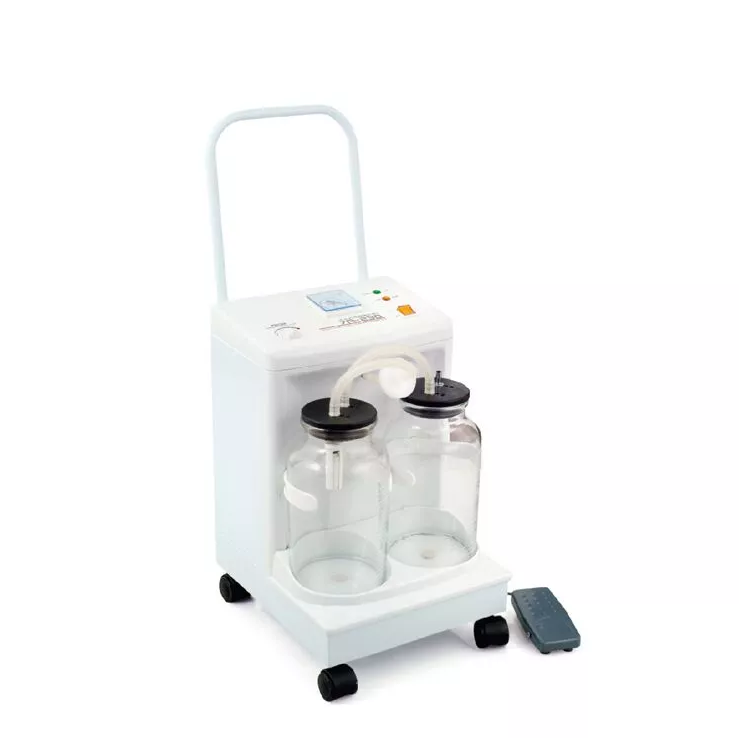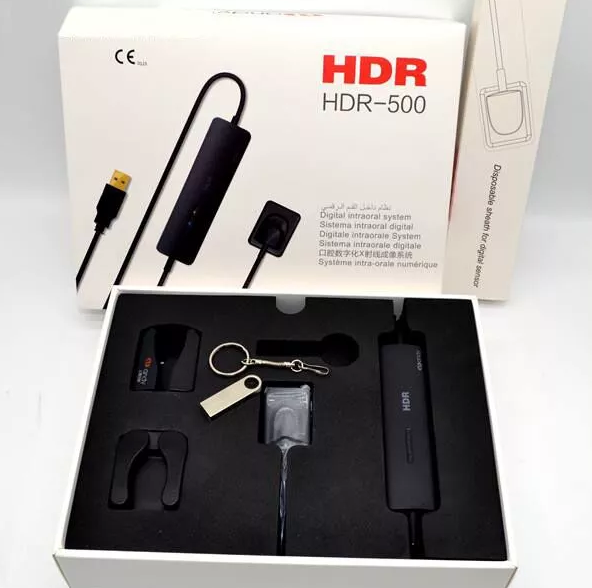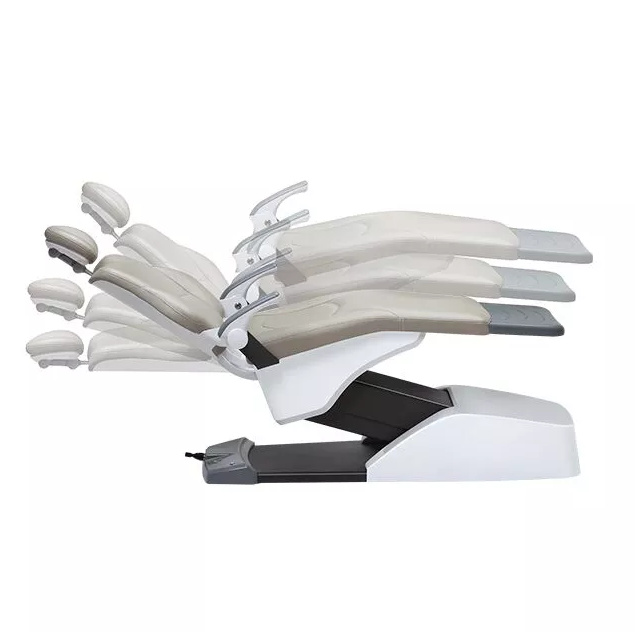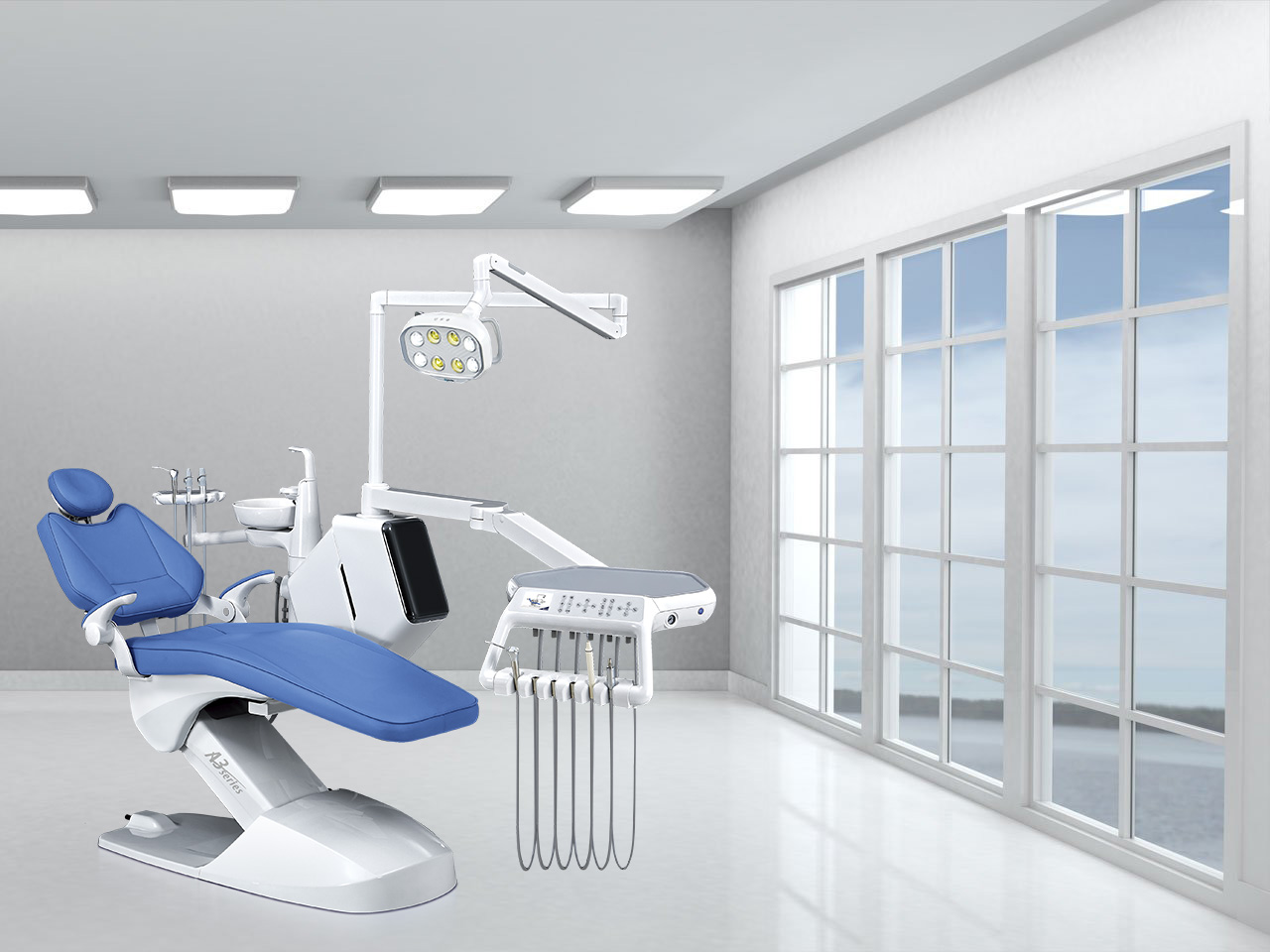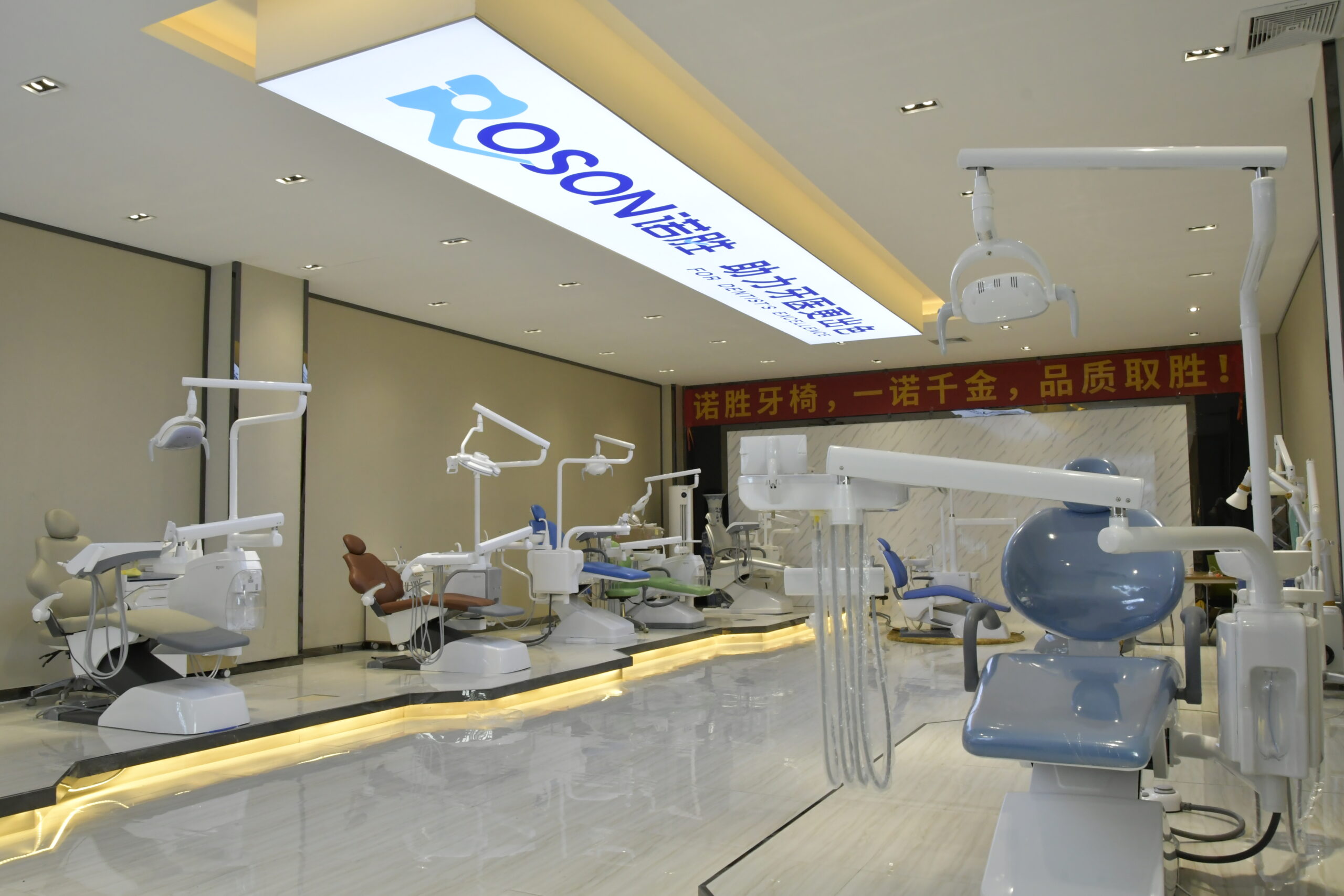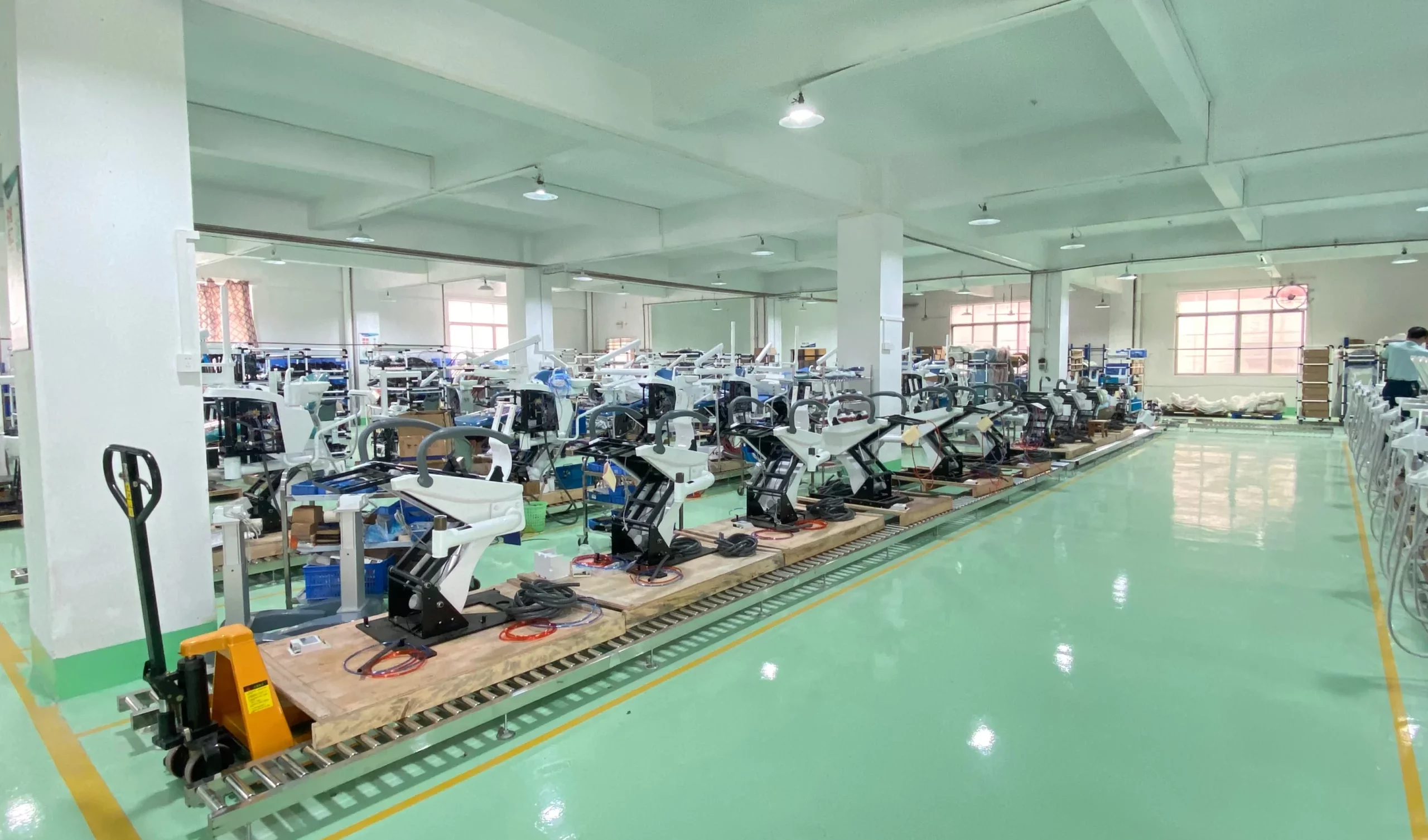Why Do You Need A Dental Autoclave?
A dental autoclave is a machine that uses pressure and heat to sterilize dental instruments. Dental instruments include drill bits, files, and other equipment used for dental care. An autoclave is an important tool in the medical field because it helps keep patients safe from infections.
What Is The Dental Autoclave?
A dental autoclave is used to sterilize dental instruments so they can be reused safely on multiple patients. The instrument is placed inside the autoclave chamber, which then seals itself off from the outside world. Once the chamber has been properly sealed, steam is added to raise the temperature within the chamber to at least 121 degrees Celsius (250 degrees Fahrenheit). This high temperature allows all germs on the instrument to be killed off effectively without harming the instrument itself.
There are many benefits associated with using an autoclave for your dental needs. Some of these benefits include as following:
Safety.
The use of an autoclave provides you with a safe environment for sterilizing instruments and tools. It also ensures that your equipment is free from any harmful toxins or chemicals that may have been present during the manufacturing process.
Time savings.
An autoclave can cut down on the time it takes for sterilization as compared to other methods like chemical sterilization.
If you’re using a Roson autoclave, it will also automatically run every 7 days when it’s not in use for an extended period. This will save you a lot of time.
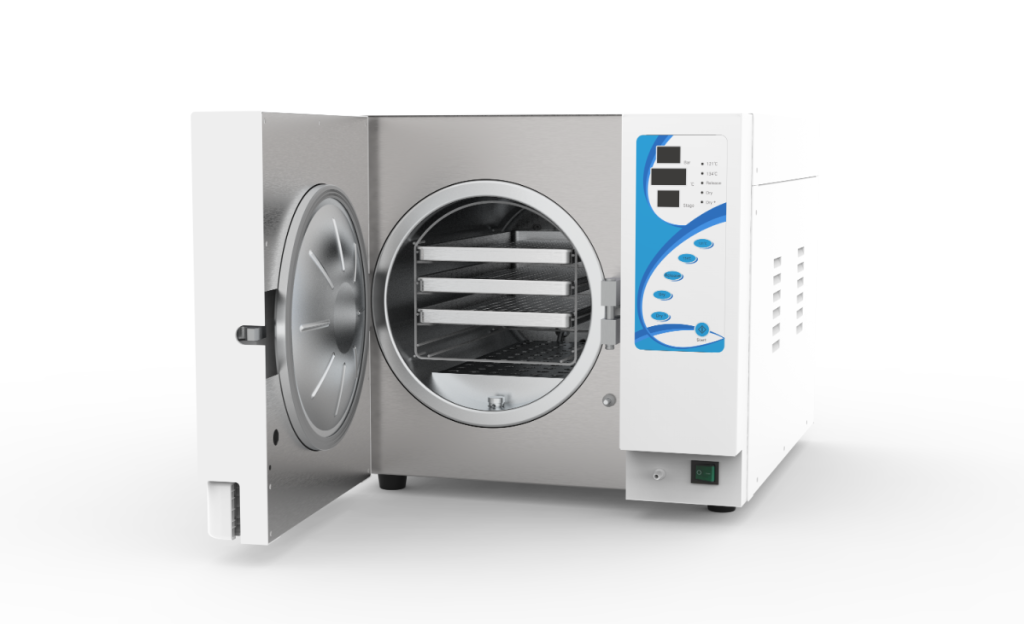
Reduced risk of infections.
By using an autoclave, you will be able to kill any bacteria that may be present on your instruments or tools before you start using them in your patients’ mouths.
Quick Answers To Kill Your Confusion:
The premise of knowing how to maximize the use value of an autoclave is that you understand its working principle and its basic information. Here are some common doubts and answers, hoping to help increase awareness of it.
Q: What is the dental autoclave process?
A: Autoclaves use steam under pressure, which kills microorganisms on surfaces by heat and moisture. There are three phases to an autoclave cycle: heating (heating phase), holding (holding phase), and cooling (cooling phase). Each of these phases is critical to successful sterilization.
Q: Why are 121 degrees used in autoclaves?
A: This temperature is ideal for killing bacteria and viruses without damaging heat-sensitive materials like rubber and plastic products. This temperature also allows for effective cleaning because it’s high enough to kill most bacteria but not so high that it damages materials or causes them to warp or melt.
Q: Why air is removed from the autoclave?
A: Air contains moisture, which can corrode metal instruments. Removing it prevents corrosion and allows an accurate temperature reading.
Q: How do I know if my dental autoclave leaks?
A: You will see bubbles leaking out of your autoclave when it is pressurized. This means that there is a leak somewhere in the system, which must be repaired immediately to prevent damage to equipment and instruments.
How To Maximize The Use Value Of Your Dental Autoclave?
The dental autoclave is an essential piece of equipment for any dental office. It sterilizes instruments and equipment, reducing the chances of contamination and cross-contamination in your practice. A dental autoclave can also be used in other settings, such as hospitals and nursing homes.
Maximizing the use value of your dental autoclave will help to ensure that you’re getting the most out of your investment. Using Roson’s dental autoclave as an example, here are some useful tips to ensure you get the most out of your autoclave:
Perform a detailed inspection of the autoclave before use:
- Before each use, it is best to replace those used filter cotton.
- Check that the water heater has been filled with water. If not, fill it with water before turning it on. Pay attention to whether the storage water temperature reaches 61 ℃. If the temperature is not high enough, please do not start the machine in advance.
- Careful inspection is also required before using a sterilant. You’d better check them for lumps.
- Before disinfection, pay attention to which equipment cannot be put into the autoclave. For example, those endoscopic instruments without waterproof devices cannot be put in for disinfection.
During disinfection:
- The instruments in the sterilization tray need to be arranged naturally and neatly. Connecting hoses and instrument hoses must not be folded or twisted;
- When autoclaving dental instruments, the instruments should not be higher than the plate surface.
After disinfection:
- If it is found that the “sterilization failure” sign is printed after sterilization, relevant personnel should be notified for inspection and treatment.
- Sterilized instruments must be stored in a sterile environment. The time between sterilization and the use of instruments should be as short as possible. In doing so, the equipment can be effectively prevented from being subjected to secondary pollution.
Tips For Using Your Dental Autoclave Safer:
A good dental autoclave should be able to sterilize instruments, as well as other equipment used in the office, without damaging them. This can help you save money by ensuring that you do not have to replace equipment prematurely due to damages caused by improper sterilization.
To ensure that your dental autoclave lasts for a long time and does not cause any damage to your equipment, here are some tips for using it safely:
Use the right amount of water:
The autoclave should be filled with enough water to cover the instruments being sterilized. Too much water can cause corrosion, while too little water may not properly heat the instruments.
Preheat the instrument:
Before putting instruments into the autoclave, they should be pre-heated to help prevent cracking or warping during sterilization. The correct temperature is also important for preventing the cracking and warping of instruments in your dental office.
Final Words:
A dental autoclave is a precision instrument. It requires the user to have some understanding of it to perform the disinfection work perfectly. But, of course, you can also find a specialist provider from which to buy a smarter, more powerful device. This can reduce losses caused by operational errors. As mentioned above, Roson’s Dental Autoclave would be a great choice!


